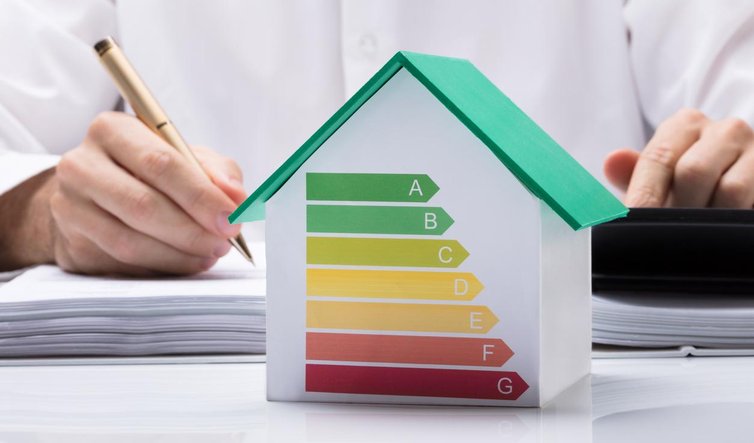Hygiene and safety in modern buildings

The European Energy performance of buildings directive (EPDB)
In the first quarter of 2018, the European Parliament approved a revised European Energy performance of buildings directive (EPBD). The revised edition emphasises in several articles the importance of energy efficiency, health and safety, as well as the provision of transparent and objective information to users about the overall energy performance of buildings.
→ Information from the EU Commission "Energy performance of buildings"
While the EPBD 2018 promotes a trend towards the use of renewable energy for buildings, the above topics remain important for two reasons:
- Fossil fuels will continue to play a role for some time, as alternatives will not be able to meet demand in the short term.
- On the other hand, the use of gas from renewable energies will become increasingly important, requiring the support of all the aforementioned measures for efficiency and safety.
Contact
Health and safety in the EPDB
EPBD Article 7 mentions the need to take into account health and safety aspects in buildings undergoing a major renovation to their heating systems. The use of fossil fuels and gases for heating systems in buildings requires the consideration of safety aspects in all renovation projects. This is all the more true if other measures to increase the energy efficiency of buildings, such as the renovation of the building shell, are carried out in parallel.
Health and safety aspects are covered by a comprehensive consideration of all components of a heating system.
This includes
- Fuel supply and leak-tightness of the supply pipelines
- The supply of combustion air
- The heating system itself with minimisation of CO in the combustion process
- The flue gas extraction system
Regular inspections and continuous controls will be able to meet the objectives of the EU's strategy for secure energy systems with low CO2 emissions and a high level of protection of human health throughout the life cycle of a heating system.
Regular inspections ensure safety
EPBD Article 14 assigns a central role to the appropriate energy performance inspection of a building. These inspections shall be defined for appliances above 70 kW and shall cover all aspects of energy efficiency.
Since the outcome of these inspections has repercussions on renovation measures, financial measures and user information, it is essential that these inspections are based on objective and reliable criteria. This includes determining the combustion energy losses and the efficiency as well as carrying out the hydraulic balancing and heating control.
Regular inspections of existing buildings and heating systems will improve the efficiency of the building stock in the short term. Regular inspections to verify the tightness of gas pipelines and flue gas exhaust systems, as well as the monitoring of CO minimisation during combustion, are essential to maintain the required level of safety. The availability of well-trained fitters is a prerequisite for objective results from regular inspections.
Continuous control
In addition to "passive" elements such as the upgrading of the building shell, "active" measures, such as the regulation of heating systems, must also be implemented.
Continuous combustion control and optimisation reduces effects such as different air requirements of combustion systems. The efficiency is increased while emissions (CO2) and pollutants (CO) are reduced.
As safety-relevant components, the exhaust gas sensors increase the already high safety level of the gas applications as well as the system availability and service life. Thus they contribute to resource conservation and environmental protection.
Smartness indicator
For new buildings and larger conversions, the use of intelligent meters, building automation and control systems is expected. These systems provide transparent feedback on the condition and energy efficiency of the system.
Regular inspections and continuous controls help improve the efficiency, operation and reliability of a smartness indicator. The initial inspection is used to set up, adjust and check the intelligent operational readiness of a system and supports the commissioning of intelligent sensors based on on-site measurements. This could lead to a significant improvement in energy efficiency due to the intelligent sensors.
Information for builders
Article 20 of EPBD 2018 stresses the importance of informing owners and tenants about the purpose and objectives of cost-effective energy efficiency improvement measures. This information is based on energy efficiency certificates, which must be prepared on the basis of reliable and objective measurements. Only renovation recommendations based on such energy performance certificates will lead to effective implementation of these measures.
Established measurements for energy certificates include the efficiency analysis (taking into account the calorific value), the heating check and the examination of indoor air quality (gas composition, temperature, humidity).
The figawa “Sensor technology” working group aims to ensure that national implementations of the EPBD in the EU recognise and effectively take into account the importance of health and safety in energy-efficient buildings.